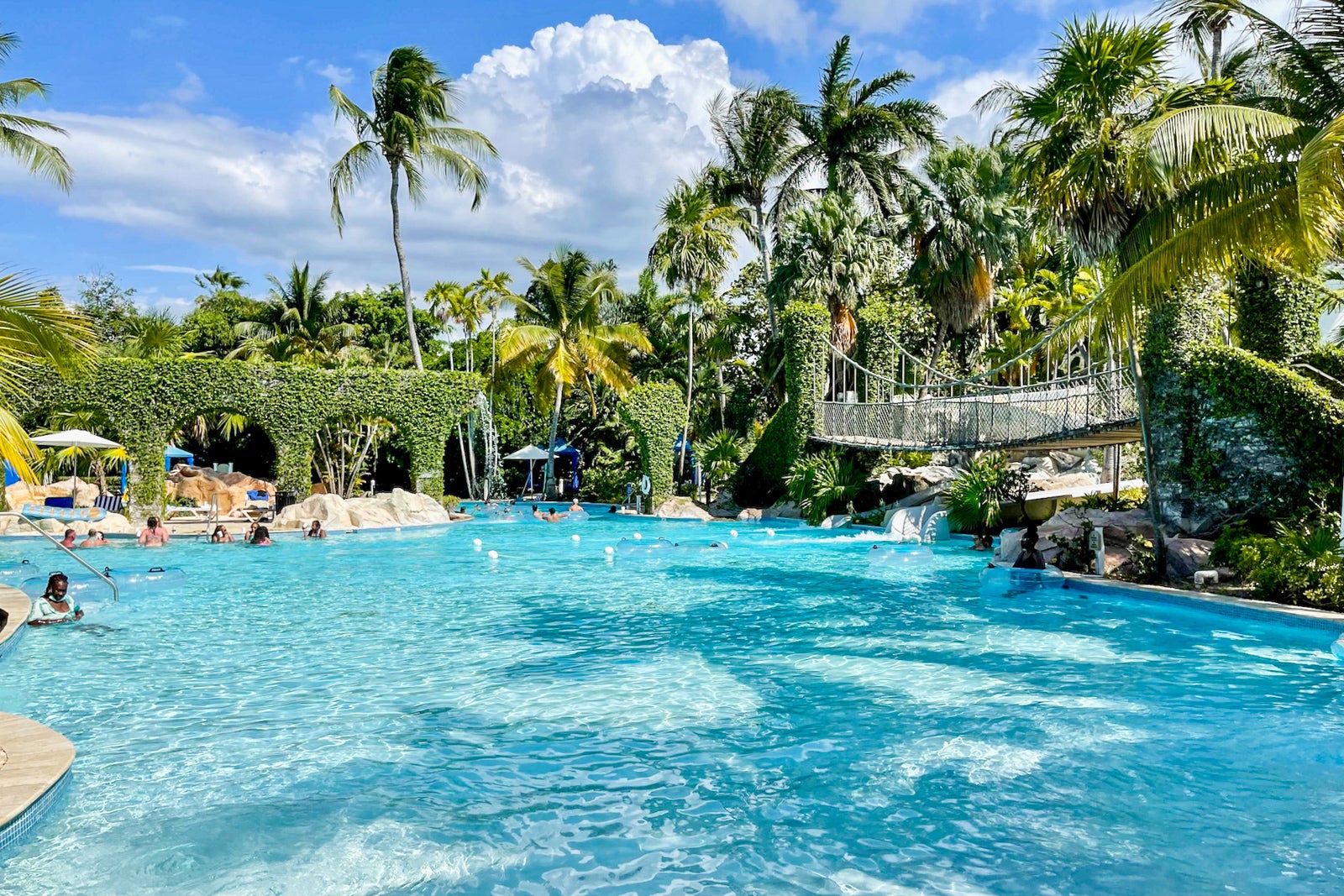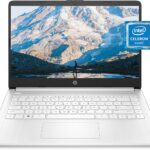Currently aboard the International Space Station (ISS), 39-year-old Indian Air Force pilot-turned-astronaut Shubhanshu Shukla offered a powerful message of inspiration during a conversation with Prime Minister Narendra Modi on Saturday.
From Fighter Cockpits to Space Capsules
Shukla is part of Axiom Mission 4, launched from Florida, which includes three other astronauts and is scheduled to last 14 days. The team is conducting a series of scientific experiments aboard the ISS—research that could pave the way for humanity’s future beyond Earth.
LIVE: @Axiom_Space‘s #Ax4 mission is scheduled to dock with the @Space_Station at approximately 6:30am ET (1030 UTC). Watch with us as the multinational crew starts their two-week stay aboard the orbiting laboratory. https://t.co/NrThYrmRrN
— NASA (@NASA) June 26, 2025
In his first call from space earlier in the week, Shukla described liftoff as “indescribable,” admitting he felt unwell and sleepy during the launch—a testament to the immense physical and emotional demands of leaving Earth behind.
What Happens to the Human Body in Space?
NASA’s Human Research Program (HRP) has been investigating the effects of space travel on the human body for more than 50 years. This research is vital as we look toward future missions to the Moon, Mars, and beyond.
The #Ax4 crew—commander Peggy Whitson, @ISRO astronaut Shubhanshu Shukla, @ESA astronaut Sławosz Uznański-Wiśniewski, and mission specialist Tibor Kapu—emerges from the Dragon spacecraft and gets their first look at their home in low Earth orbit. pic.twitter.com/5q0RfoSv4G
— NASA (@NASA) June 26, 2025
Astronauts on long-duration missions face a trio of gravitational changes—from weightlessness during the months-long spaceflight, to Mars’ reduced gravity, and then back to Earth’s full gravitational pull. These transitions aren’t just challenging—they’re disorienting. Space motion sickness is common in orbit, affecting balance, movement, coordination, and spatial awareness. Returning astronauts must also readjust to Earth’s gravity, which can take weeks or even months. Moreover, astronauts experience bone loss—about 1% to 1.5% of mineral density per month—and muscle deterioration unless counteracted by rigorous exercise and diet.
Microgravity also causes bodily fluids to shift toward the head, potentially leading to vision problems and increasing the risk of kidney stones, due to dehydration and calcium loss from bones.
To monitor these effects, spinal ultrasounds, MRI scans, and high-resolution imaging are used before and after spaceflight. Astronauts also undergo regular cardiovascular assessments to track any deterioration in heart function.
Interaction With PM Modi
“Sky is never the limit—neither for you, nor me, nor for India,” Shukla declared from space, his words echoing with both pride and promise.
In a heartfelt exchange, the Prime Minister asked him to describe his view from orbit. Shukla responded with a sense of wonder: “A short while ago, when I was looking out of the window, we were flying over Hawaii. We see sunrise and sunset 16 times a day from the orbit… Our nation is moving forward at a very great pace.”
VIDEO | While interacting with Group Captain Shubhanshu Shukla, who is aboard the International Space Station, PM Narendra Modi (@narendramodi) says, “You may be the farthest from Indian soil, but you are the closest to the hearts of its people. Even your name carries the word… pic.twitter.com/TnarNIlDZk
— Press Trust of India (@PTI_News) June 28, 2025
The astronaut also reflected on the transformative nature of spaceflight. “Everything is different here,” he said, sharing that the experience has made him feel like a child again—learning anew how to walk and eat in zero gravity.
He added, “If you try and build your future properly, then the nation’s future will also be good.”
An Inspirational Journey for a New Generation
For Group Captain Shubhanshu Shukla, this mission is more than a scientific endeavor—it’s a symbol of India’s growing space aspirations and a personal transformation. His words from orbit resonate not only with scientists and students, but with every dreamer on Earth.









